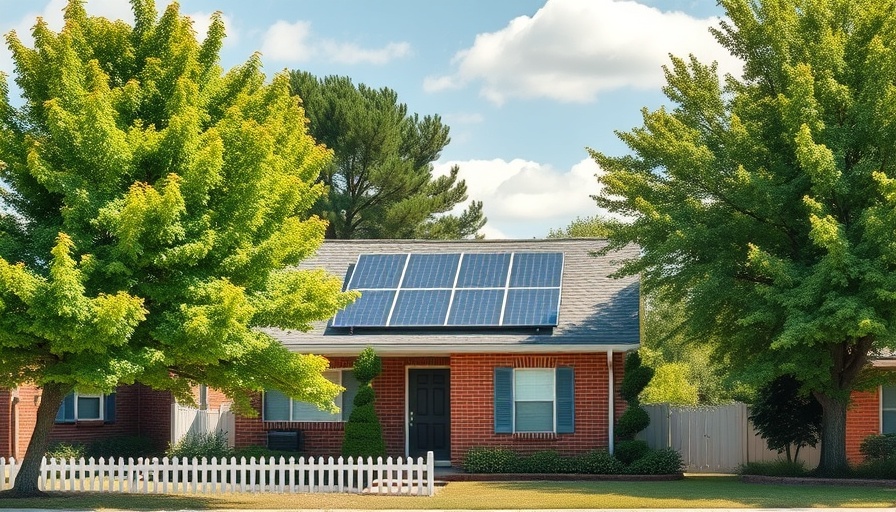
Understanding the Structural Implications of Rooftop Solar
As society pushes towards greener energy solutions, rooftop solar panels have become a forefront option for residential and commercial properties alike. However, before jumping on this renewable energy bandwagon, it’s crucial to understand the structural implications associated with installing these panels on existing rooftops or during new construction.
The Added Weight of Solar Panels
Installing rooftop solar photovoltaic (PV) systems significantly alters a building’s structural dynamics. The primary concern is the added weight; solar panels can increase the roof's dead load, which can strain older structures. The type of mounting system used—ballasted or unballasted—further influences this weight. Ballasted systems, typically using concrete blocks, increase the roof's weight due to these added elements, while unballasted systems utilize mechanical attachments that may provide different stress levels on the structure. A qualified structural engineer is essential in assessing whether the existing supports can handle this increased load.
Assessing Existing Structures
For older buildings, a thorough evaluation is necessary to determine if their existing infrastructure can sustain new solar installations. This includes reviewing construction documents and performing structural analyses. If existing structures lack the reserve capacity needed, upgrades may be needed, such as adding support beams or joists. These adaptations not only reinforce the structure but also align it with modern energy solutions.
Future-Proofing Construction
Looking ahead, integrating solar readiness into new building designs is not just advisable; it’s becoming a standard practice. Including features that allow for future solar panel installation can save property owners substantial costs and headaches down the road. As noted by experts at Williams Engineering, buildings designed with solar capacity from the start are better positioned to embrace renewable energy without the need for extensive retrofitting.
Environmental Considerations
With buildings accounting for approximately 40% of global carbon emissions, switching to solar is a significant step toward mitigating climate change. However, technical challenges persist. Proper installation and maintenance ensure safety and efficiency, minimizing the likelihood of fire hazards and electrical failures. Regular inspections and adherence to safety standards should become a routine aspect of building management with solar panels.
Balancing Risks and Rewards
The benefits of solar energy extend beyond environmental sustainability. Structures that harness solar power can enhance property value, lower energy costs, and even present unique marketing advantages. However, thorough assessments of fire risks and structural integrity must accompany these gains. Awareness of all potential risks, such as installation missteps or inadequate maintenance, is crucial for successful solar integration.
Your Next Step in Sustainable Construction
This newfound awareness of structural implications encourages actionable insights for builders and property owners who are considering solar energy. Investing in expert consultations before installation can ensure both safety and longevity in buildings. Encourage your construction projects to embrace a sustainable future by ensuring they are solar-ready from the foundation up.
 Add Row
Add Row  Add
Add 




Write A Comment